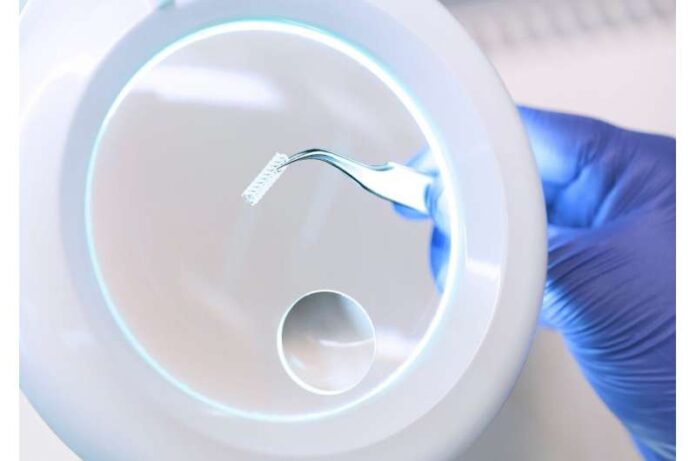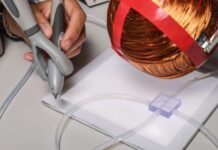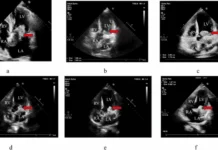Every year, around half a million stents are implanted in Germany to treat narrowed blood vessels due to atherosclerosis. Traditional metal or polymer stents damage the endothelial layer of blood vessels during insertion. That takes a long time to regenerate and increases the risk of thrombosis. Consequently, patients have to take high doses of anticoagulants, often for life. To prevent blood clotting at the stent site.
To address these issues, Fraunhofer IAP’s Life Science and Bioprocesses division, led by Dr. Anne Krüger-Genge, Dr. Jörg Bohrisch, and Prof. Dr. Joachim Storsberg, collaborated with Brandenburg University of Technology Cottbus-Senftenberg (BTU) researchers to develop an innovative, optimized stent.
Prof. Storsberg explained,
We use the natural anti-thrombogenic properties of a healthy endothelial layer. The stent’s special interior coating promotes a fast endothelialization which helps to reduce the risk of thrombosis.”
Fraunhofer IAP’s proprietary coating contains growth-promoting proteins that are particular to endothelial cells, resulting in faster creation of an intact endothelial cell layer. The researchers hope that approach will considerably reduce the risk of thrombosis after stent insertion. Ideally, this will allow patients to reduce their need of blood thinners.
Degradable Flexible Stents
Once the protective endothelial cell layer coats the stent, the risk of thrombosis gets significantly reduced. Blood vessels aren’t rigid structures. They can contract and extend to control blood flow in organs and tissues. This characteristic, known as vasomotor activity, gets to permanently reduced by things such as a stiff stent. That can disrupt blood circulation.
Dr. Krüger-Genge, a human biologist said
Our stent consists of a flexible polymer material, so it barely impairs vasomotor activity after degradation at all
Another special feature is that the material gradually disintegrates inside the body, allowing the blood vessels to heal completely and restore the original flexibility. Conventional implants, by contrast, stay in place permanently as rigid supports, so they can limit the vessel’s motility.”
The initial prototypes of the revolutionary stent have already developed. Other in vitro research are now underway in the lab. Blood compatibility tests are being performed at BTU. The team received the Senetics Innovation Award 2025 at the Kooperationskongress Medizintechnik event. That focuses on collaboration in medical engineering and technology.




